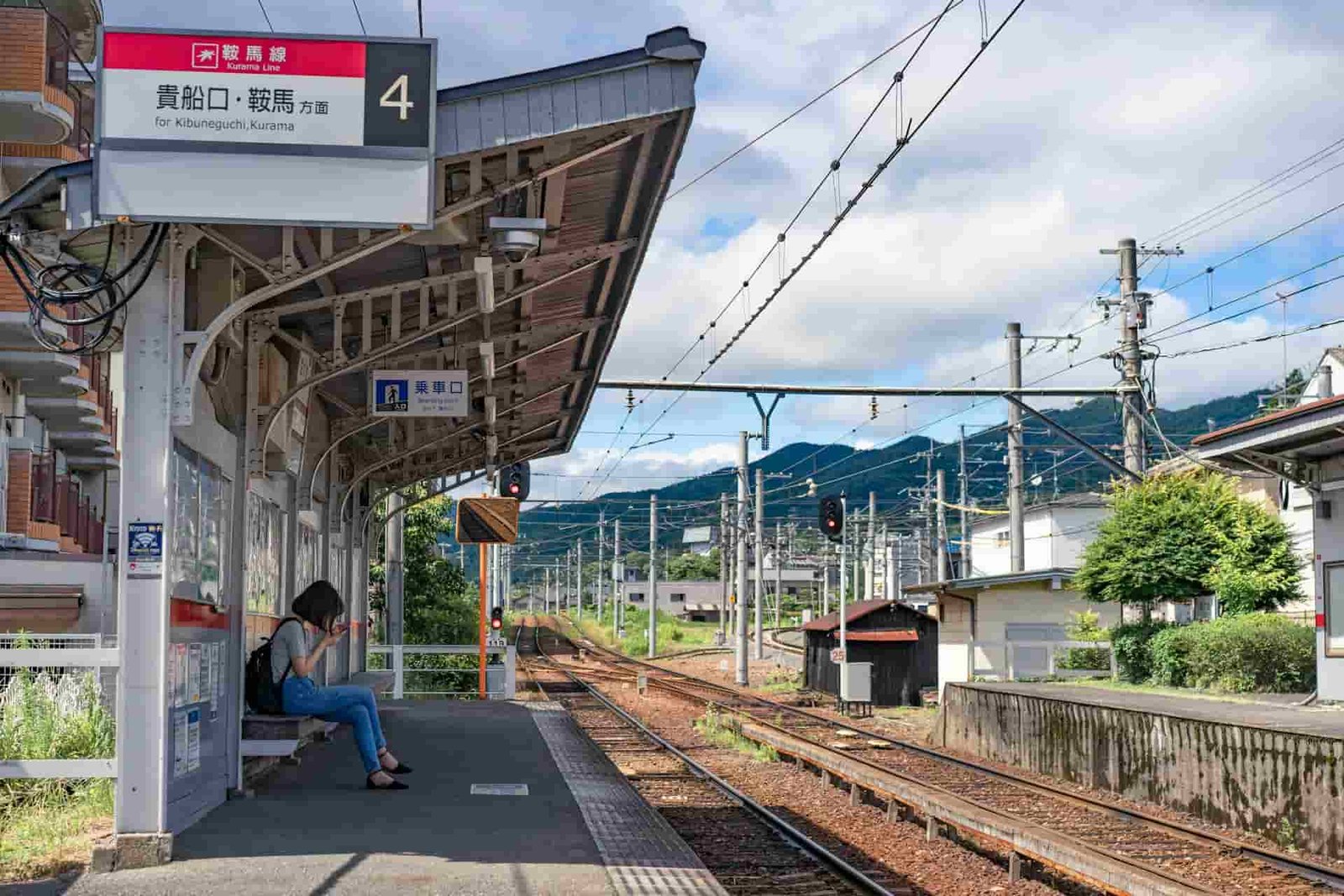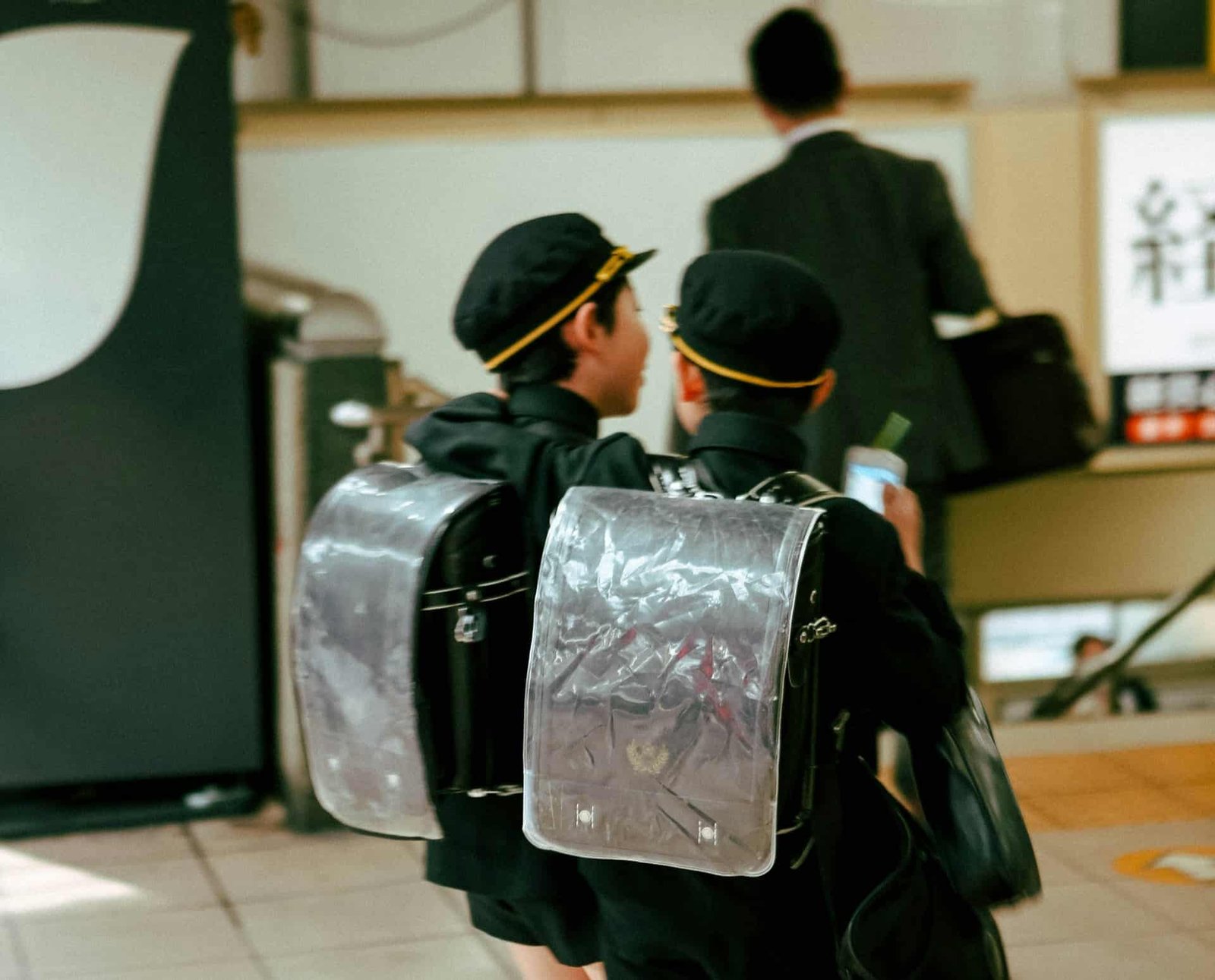When Japanese Train Stations Say “Congratulations”
Some Japanese train stations have taken to celebrating the graduation of students who pass through every day. It is a case of the staff who have watched them grow up saying, omedetō (congratulations) – but also something that ties in with broader Japanese culture.
But why are Japan’s ancient technologies still around when they have died out pretty much everywhere else?
Kagoshima Chūō Station is pretty par for the course where Japanese train stations are concerned. Yes, it does lie on Napoi-dori Avenue, but as street names go here, that is not that special.
What is special, if you visit in early March, is a giant blackboard, usually reserved for timetables and service notices.
For several years, station staff have written a heartfelt “graduation certificate” to the students who pass through on their way to and from work.
“There are many stations, junctions, and sometimes delays, but every stop matters on your journey,” the board read one year.
“Just as train tracks run throughout Japan, you too can go anywhere in the future. Your hometown of Kagoshima will always be waiting for you to return,” was another message.
Photos of the board quickly spread across Japanese social media, with users commenting things like “I can’t stop crying,” and “This is why I love Japan’s railways.”
This is not a one-off. At Hakata Station in Fukuoka, staff wrote messages of encouragement and decorated boards with cherry blossoms. In Shizuoka, a similar congratulatory display appeared, turning a mundane weekday commute into an emotional send-off.
Each year, more stories like this emerge, pointing to something very Japanese.
Students say thank you back
The station gratitude flows in both directions. On the back of the various blackboards, students replied, saying thank you, often written on paper hearts.
At Iwanuma Station in Miyagi Prefecture, graduating students posted a large thank-you message to the staff who had looked after them through years of commuting.
“To the station staff, thank you for always watching over us and keeping us safe on our way to school. We couldn’t have graduated without your help,” the note read.
This reciprocity between train station staff and students captures something essential about Japanese social interaction. Relationships here are rarely one-sided. That includes everyday encounters like buying a train ticket or a drink at the New Days convenience store.

Why train stations matter
To understand why these gestures resonate so profoundly with the Japanese, it helps to know the role of train stations in Japanese daily life.
For people in the cities, they literally define where you live. So, you don’t, as was the case for me, live in Nerima Ward (Tokyo’s equivalent of a city borough). You live in Oizumi-gakuen (my local station). Or, after having moved, I don’t just live in Shibuya but in Ebisu (which is fancier and only possible because my wife makes way more money than I do).
For many students, the local station and surrounding shops are an extension of home. It is where they begin and end their school days. More often than not, you will see them doing homework at the fast-food restaurants, invariably dotted around just outside the station, before heading home. In this way, the station is like the steady heartbeat of their every day, week, month and year.
By extension, the station staff are the adults who help send them on their way each morning, help retrieve dropped commuter passes, and welcome them on their return after long days.
Of course, I am waxing on lyrically here. Still, this is a poignant aspect of not just everyday life but the Japanese experience.
The cultural context of consideration
Let’s turn to the Japanese word omoiyari, which roughly translates to “consideration for others.”
It is a concept that underpins much of Japan’s social fabric.
The consideration for others includes how Japanese society treats public spaces as semi-communal and a shared responsibility.
Examples can be seen in local neighbourhoods, where older children walk around and collect the younger ones before heading off to school in the “walking neighbourhood bus”, with the oldest guarding the younger.
Similarly, everyone has half an eye out for school children as they travel on trains and through stations.
The country’s high safety levels, tendency to give even young children responsibility and communal mindset mean that it is far from unusual to see one or more elementary school students, as young as 6 or 7, confidently navigate several train lines and buses to get to school.
In this context, a congratulatory note at a station is like a nod to the connections between students and the staff who have kept an eye out for their safety, in some cases for ten years of elementary, junior high, and high school.
Of course, social media plays an amplifying role. While the gestures themselves are ephemeral — chalk on a board, paper decorations taped to a wall — their digital circulation reaches national and even international audiences, reinforcing the idea that kindness is still alive in public life.

A broader lesson in small gestures
So, is kindness still alive in Japanese public life? Or is this a PR stunt or simply living by the rules that omoiyari dictates?
Perhaps a little bit of everything of the above and more.
If I were to draw any conclusions from these types of stories, it would be that whatever the underlying reason is, we have connections with many more people than we are often aware of.
Being aware of these connections and lending importance to the everyday interactions we engage in can be genuine or a duty due to societal expectation.
The latter is, taking the role of the prosecution, definitely a prominent feature of Japanese life.
Either way, this aspect of being part of a society and acknowledging others is something that I often find missing when travelling outside of Japan.
For example, I have never heard of, and find it hard to imagine, a group of Danish or English teenagers getting together to write a heartfelt thank you note to the staff at their local train station – or the staff doing likewise.
So, maybe, just maybe, this is a part of omoiyari that is worth exporting, no matter the underlying reason.
Photo credits:
